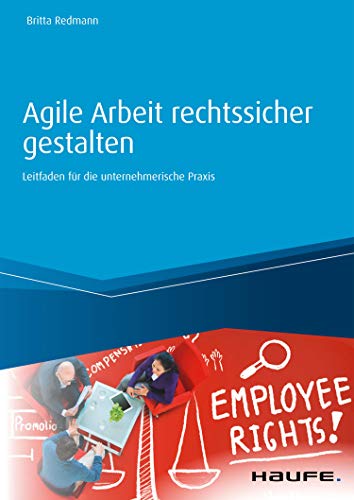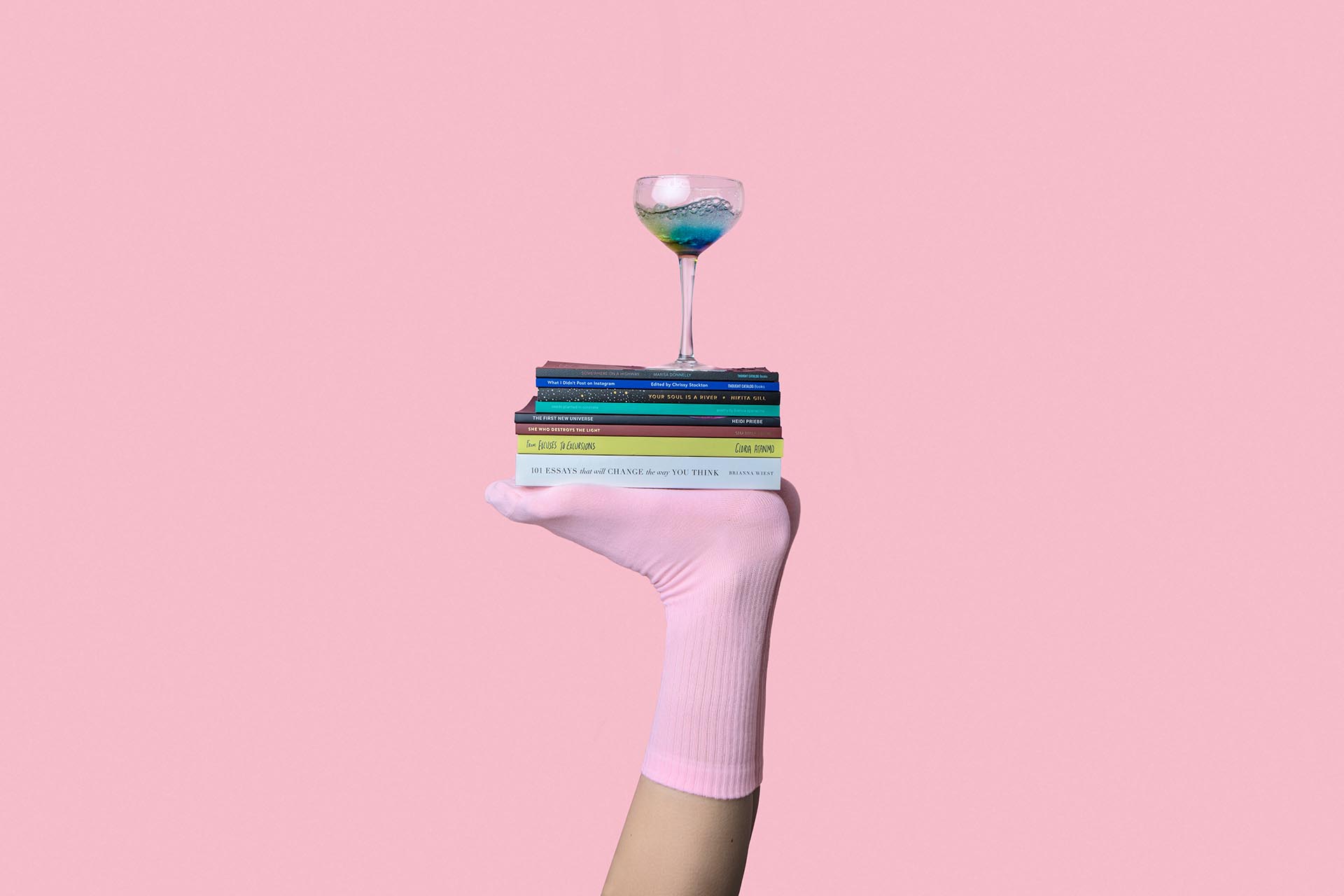Parental leave – laws, feelings, chances of winning
Table of Contents
Law – the legal right to parental leave
And the employer must always play along?
19 years ago – parental leave = mother’s business
Today = it’s the fathers’ turn, right?
Possible combinations – who goes and if so how long
Parental leave in times of crisis
Conclusion: Paying for needs with leeway from working time
So when a new human being comes into the world, many and all very legitimate interests of the child, parents, colleagues, companies and also the state are affected; interests which must be very carefully balanced. A winner / loser system would be wrong from the beginning, the interests of all participants must be protected, otherwise the system is not accepted by the participants and would not be successfully lived or function in the sense of the thing. The parental leave system must therefore be able to do the trick:
- Happy child.
- Parents who are not too stressed – thus also a modern distribution of roles between mother and father.
- Not overstretched companies, but companies that are still successful in their market.
- No overburdened colleagues, who often have to take part in the work when mother or father are on parental leave.
- And high income for the state, which has to guarantee daycare places so that the parents can work more in the foreseeable future.
That would be the short version. For the long version, I have compared the current regulations and experiences that currently shape this balance of interests.
Law – the legal right to parental leave
Parental leave in the legal sense refers to the period after the birth of a child during which employees are released from work – for the purpose of childcare. This right to parental leave results from the Federal Parental Allowance and Parental Leave Act (Bundeselterngeld- und Elternzeitgesetz – BEEG), see § 15.1 BEEG.
The precondition is that the person entitled to parental leave is in an employment relationship. It is irrelevant whether the employment relationship is full-time, a mini-job, or limited or unlimited in time. Trainees, employees, and managers are entitled to parental leave. Employees are entitled to parental leave from their new employer even if they change employer. Not only the natural parents, but also employees who have a certain family law relationship with the child to be brought up, such as grandparents, adoptive parents or stepmothers or stepfathers, can claim parental leave, see § 15.1 BEEG. It is possible for parents to take parental leave together. Each parent must always be considered separately.
There is no entitlement to continued payment of wages by the employer during this period, because the employment relationship is suspended, see § 18.1 sentence 1 BEEG. At the same time, the employee enjoys protection against dismissal.
In order to take parental leave, the employee must notify his employer in writing of parental leave at an early stage within certain deadlines. Depending on the age of the child, there are different deadlines here:
- For the period up to the child’s 3rd year of age, the application must be submitted at least 7 weeks before the start of parental leave.
- For the period between the child’s 3rd birthday and the completed 8th year of life, the application must be submitted to the employer at least 13 weeks before the start of parental leave. In addition, § 16.1 sentence 1 BEGG requires that the entire parental leave entitlement for the respective period must be requested within the time limits – i.e. also any parts after interruptions.
It is apparent from these periods of time how the law attempts to take into account various interests at the same time when applying for parental leave – e.g. the short-term interest of the expectant parents and also the justified interest of the company in being able to react.
And the employer must always play along?
The employer has to certify the employee the requested parental leave. The legal regulations and thus also the entitlement to parental leave are – if the application is made in due time and in writing – mandatory law. Nor can they be restricted or even waived to the employee’s disadvantage by mutual agreement.
However, if private circumstances change during parental leave and this is to be terminated prematurely or extended, the employer’s separate consent is required, see § 16 (3) BEEG. Here too, therefore, both interests are again taken into account, which makes it possible for everyone to stand a chance of winning.
It is therefore worthwhile in any case to inform, plan and make use of the legislation in good time.
19 years ago – parental leave = mother’s business
Let’s take a look back for a generation at parental leave at the beginning of the millennium: 3 years were already “then” in it for mothers, including protection against dismissal, i.e. a secure employment relationship. However, this only had to exist on paper and the original position was not kept vacant. There was no additional time for fathers.
Julia gave me an insight into her experiences here: “Of course, we thought about whose career to pause and the choice fell – as so often, on mine. These included purely biological considerations such as breastfeeding, rational ones such as my husband’s higher earnings, but also traditional ones. Not because we had to, but because we thought it was so good. I directly submitted the full three years because my employer at the time gave the blatant signal that neither part-time nor an extension after one or two years would be an option. So it was the safe option and yes, I was looking forward to three ‘free’ years – in the end it became four because the second child came right after the first one and I thought it would make more sense to drop out completely than to start over again and again. But what sounds so planned was also simply luxury. My husband, of course, was much less aware of the everyday life of a baby. Often it was even more exhausting at the weekend with shared care than when I was doing ‘my’ programme. In my husband’s company it was an open taboo to take parental leave. And at the same time this was reflected in all play, gymnastics and toddler groups: no men. Parental leave is a woman’s business – even in the 21st century.”
The salary development and the share of part-time work for women still speak for this – far from equal rights.¹
Today = it’s the fathers’ turn, right?
he additional parental leave for fathers: it has arrived in the companies. Parental leave has already become a matter of course – albeit in a suitably made constellation. Because not much has changed beyond the 2 compulsory months.
After all, Sven told me what these 2 months meant: “That I would take parental leave was clear from the moment I knew I was going to be a father – actually even before that. That was part of it. But quite honestly, with all the feelings, all the pride and all the time I would like to spend with my family around the clock – it must also fit financially. And that means not only ‘wishing’, but also ‘being able’ very quickly. But the two months are still worth it. In the first month of my parental leave – like many fathers, I divided the months between the beginning and the end of the first year of my life – it was family time. Support, especially for my wife. And the last month – that’s when it actually turned into a pure paternity leave. With romping and playing and that’s how it has remained until today – despite a full-time job. It’s worth it in any case, but it’s also about us all playing our part and being most effective for the family. For some this means to distribute all activities ‘fairly’, for us it means to achieve the best results together. Fair is subjective – and flexible is perfect for that!”
For companies, these two months now represent “bridgeable” times – even if this means that the team has to absorb the parental leave. Interests and feelings also play a role here. This is precisely why a stable organisational structure goes hand in hand with a family-friendly company. Fathers who are really fathers must be able to support a company just as much as mothers who are really mothers. After all, they also carry the company.
There are, however, some professions in which the two-month extra time brings with it enormous difficulties: In schools, for example, there is no substitute for such “short absences”, and in times of teacher shortages this almost inevitably means a loss of lessons. Small and medium-sized companies have small teams – the lack of a full-time job is immediately noticeable!
If you notice that parental leave for fathers is already above average at 4 months, then we know that employers and society can certainly still work on the general conditions.²
Possible combinations – who goes and if so how long
36 months parental leave per parent. That sounds like a lot of time at first. For the employer, this means first and foremost planning and organisation. Due to the possibility of “splitting” parental leave into three periods between which the employee comes back to work and the option of working up to 30 hours during parental leave, there is only one correct way to proceed: open communication.
Because just as parental leave now offers employees much more opportunities and flexibility, it also offers employers the same. Well-integrated specialists, people who fit into the team and who have accumulated an invaluable amount of knowledge – as an employer, you have to want to keep them. Therefore, it is important to consider early on what a solution for parental leave might look like. This can range from part-time employment to home office to the joint search for a replacement, especially for longer periods of leave. And it is also important to communicate openly with precisely these “parental leave representatives”: about prospects, tasks and their value for the company. Because one thing is certain, parental leave can be planned, but life cannot. This is precisely why it can make sense for all concerned to have plans B and C in their pockets in addition to plan A. For the benefit, protection and time saving of all contractual partners.
Parental leave in times of crisis
What did parental leave actually look like in the last three months during the Corona pandemic? There may have been different opinions. There will have been good and less good experiences. From enjoying the very intensive, humanly close time to crushing confinement and violence in apartments. All in all, family time has gained a much higher significance due to the spatial compression – or at least a higher amount of time. Almost automatically, the strict time of #stayathome was a special kind of parental leave for families. This and the home office have shown very clearly how parental leave can work and what is perhaps particularly challenging. There is almost unanimous opinion that “care work” in this special time was distributed more among women and mothers than would have been desirable in our modern and supposedly equal society. Last but not least, this time of crisis has once again become a clear indicator of the need for new regulations, but above all for an open attitude and a mindset – on both the employer and employee sides – towards families, parents and children. No less than that means social responsibility.
Conclusion: Paying for needs with leeway from working time
I wouldn’t put it quite as pointedly as Jochen König recently put it – “Anyone who works full-time and takes parental leave for less than seven months should lose custody.“.
But for most people, the compatibility of family and career is the first priority when it comes to a “life goal”. We all know that as soon as things become difficult in private life (family, health or even an external influence such as the corona crisis), this always has an impact on work performance. Creating a balance between the demands of the employee and the organisational requirements of the employer must therefore be a central objective of parental leave arrangements. This can provide employers and employees with a great deal of leeway to negotiate arrangements directly according to their personal, economic, and business needs.
Notes:
[1] https://www.diw.de/de/diw_01.c.741779.de/publikationen/wochenberichte/2020_10_2/gender_pay_gap_steigt_ab_dem_alter_von_30_jahren_stark_an.html
[2] https://www.bmfsfj.de/blob/127268/2098ed4343ad836b2f0534146ce59028/vaeterreport-2018-data.pdf
From the employer’s point of view, the aim is to retain the employee and support him/her in time management within the framework of organisational and legal limits. For the employee, this means new opportunities for flexible working time arrangements that enable him to work differently in different phases of his life. Coordinating this again and again and putting it to the test creates sustainable jobs for the future and, above all, a team structure in which everyone has their place.
Britta Redmann has published various books in German, most recently “Agile Arbeit rechtssicher gestalten”. Here you can find an overview.
Britta Redmann has published more articles in the t2informatik Blog:

Britta Redmann
Britta Redmann is an independent lawyer, mediator and coach and is responsible for HR & Corporate Development at a software manufacturer. She is the author of various specialist books. As a human resources manager, she has accompanied, managed and implemented organisational developments in various industries. Her special expertise lies in the development of organizations up to agile and networked forms of cooperation. She transforms and implements modern concepts such as agility, work 4.0 and digitalisation in terms of labour law.




